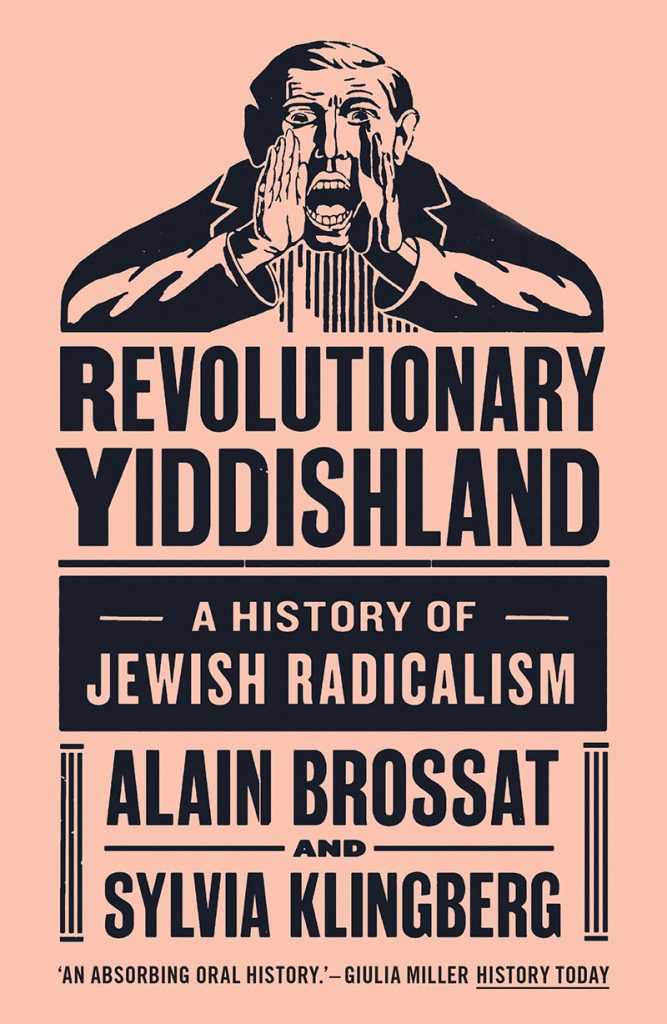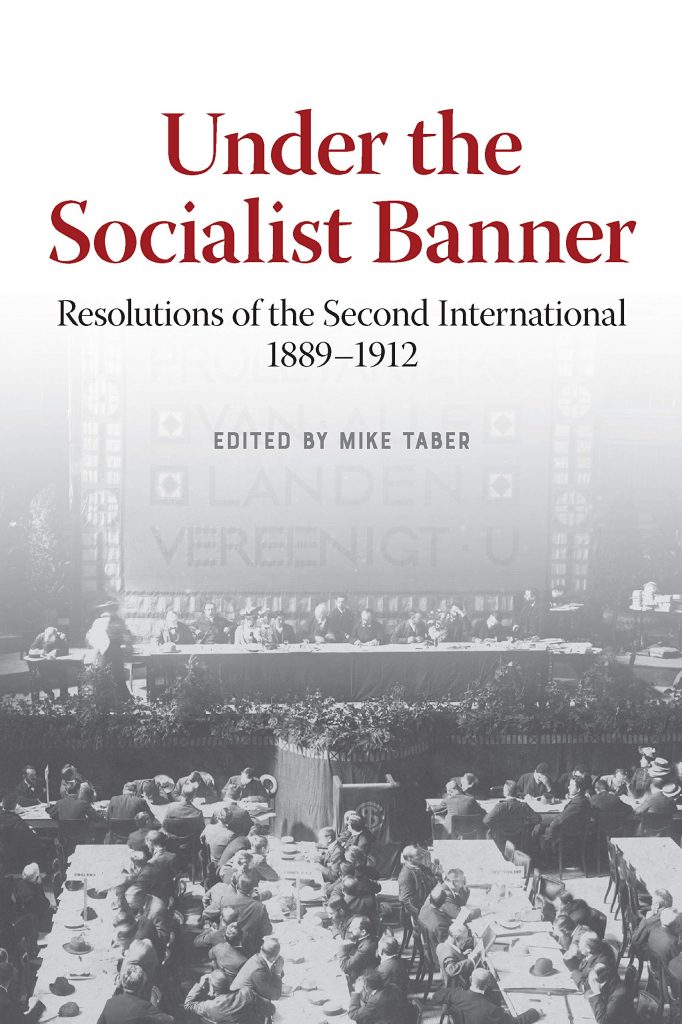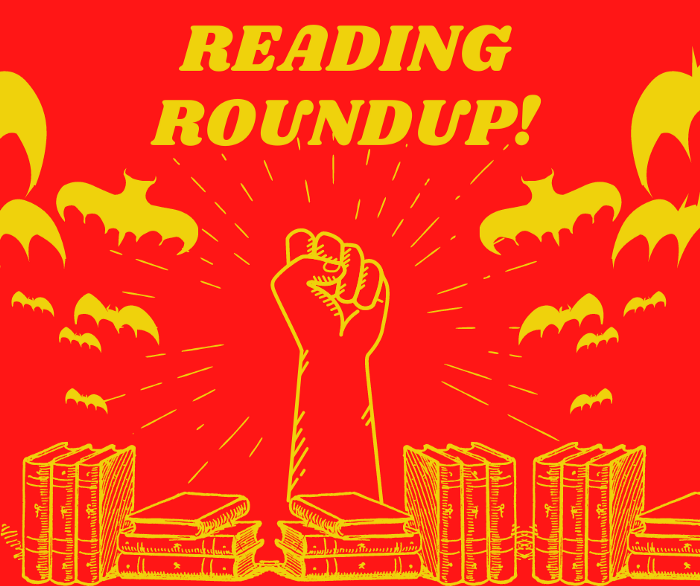Welcome to the Reading Roundup, a forum for ATX DSA members to share what they’ve been reading and how it’s informing their political education.
Revolutionary Yiddishland: A History of Jewish Radicalism
By Alain Brossat and Sylvie Klingberg

When we think today of the Holocaust and of Eastern Europe at the dawn of the 20th century, the image brought readily to mind is that of the Jewish victim. That is the popular history of the era, but what of the Jewish fighter? The organizer? The radical? Alain Brossat and Sylvia Klingberg present in their 1983 work an oral history of the Jewish militants active in myriad political movements during the early 20th century, when the world felt brimming with possibility, when capitalism looked like it might crumble any day.
From interviews with former Bundists, socialist Zionists, and Jewish communists, all recorded in occupied Palestine in the 70s and 80s, arises a forgotten tale of hope, betrayal, and revolutionary vigor that even the Israeli government is dismissive of. The stories represent all the aspects of the Jewish existence that the imperialist project cannot acknowledge without speaking to its own hypocrisy. This is because they are stories from the Jewish working class, the dispossessed and disenfranchised proletariat that embedded itself in every class struggle from Spain to Ukraine. For many of them, they were socialists and communists first, Jews second, or even third.
They at once had the most to lose from the rise of fascism and the resurgence of Russian antisemitism under the later years of Stalinism, and fought harder than even some natural-born citizens of their host countries. The latter was especially true in France, where the French Resistance was between 15 and 30 percent Jewish, and most of these immigrants from the Yiddishland of Ukraine, Byelorussia, Lithuania, Poland, Russia, and so on. For the working class Jews in Yiddishland, the cause of labor was the hope of the world.
—Gumbo
Under the Socialist Banner: Resolutions of the Second International, 1889-1912
Edited by Mike Taber

“Today, as I write these lines,” Friedrich Engels wrote in 1890, “the European and American proletariat is reviewing its fighting forces, mobilised for the first time, mobilised as one army, under one flag, for one immediate aim: the standard eight-hour working day to be established by legal enactment.” A year earlier, 408 delegates representing 24 countries had convened in Paris to form the Second International, declaring the eight-hour working day as their immediate objective and working-class emancipation as their ultimate aim. What followed from the 1889 Paris Congress was a tumultuous history, culminating in what later communists called “the greatest debacle in world history”—the 1914 collapse of the International as socialist parties rushed headlong to support their respective nation’s war efforts in World War I. Editor Mike Taber does not believe that the entire legacy of the Second International should be thrown out just because it ended in disgrace. There is much to be gleaned from its history for today’s socialists, both successes and failures. In Under A Socialist Banner, he presents, for the first time in English, a collection of Second International resolutions from the revolutionary period of the body covering ever-relevant topics like the relationship between unions and parties, electoral politics, and reform and revolution. The book is a rich source which brings to life the political debates of a century past and the people who participated in them and gives a stirring sense of what it was like to be a participant in the international socialist movement at a time when it seemed unstoppable.
—Jake J.
The Next Shift: The Fall of Industry and the Rise of Health Care in Rust Belt America
By Gabriel Winant

In The Next Shift, historian Gabriel Winant examines the linkage between the transformation of Rust Belt America from concentrations of industrial capacity and employment to concentrations of specialized healthcare technology and employment. He outlines the ways in which this linkage is historically causal in the following way.
Concentrations of industrial workers organized into strong industrial unions up through the 1930s. During WWII, strong industrial labor agreed not to strike, but the New Deal labor board required employers to bargain over benefits. Over the course of the 1950s, these benefits essentially created a private zone of social-democratic citizenship, backstopped by New Deal government commitment. As industrial workers benefited from new community hospitals and health technology employed to meet their needs, the costs of care for everyone else rose, necessitating the government response of Medicare and Medicaid in order to incentivize care. The public and private guarantees of care combined with government backing of demand meant that healthcare attracted enormous investment in the decade after Medicare’s passage.
As industry began to decline, throwing huge numbers of workers out of steady employment, the healthcare sector took care of their families and often employed the women in the household. But the labor intensity and low productivity gains in the healthcare sector make the healthcare workplace a site of intense struggle over wage levels.
Winant traces the rest of the story through the era of healthcare “reform” and transition to capital intensity starting in the early 80s up through the Obama Era. He ends the book with a suggestion that this sector of concentrated employment, desirous and deserving of living wages but often denied them, and of deep political connection to federal and state government have transformative potential. That potential is the possibility of extending social citizenship and healthcare to all.
Winant is careful to walk through the kinds of working class organizations and institutions that emerge in response to particular conditions throughout this story, and he richly treats the interrelated nature of race and gender as they interact with the sectors he examines. DSA members have in this book an example of how to power map a region and analyze accurately what may need to be done. Highly recommended.
—Michael
Interested in making a contribution to next month’s Reading Roundup? Send a 250-word blurb to redfault@austindsa.org!

